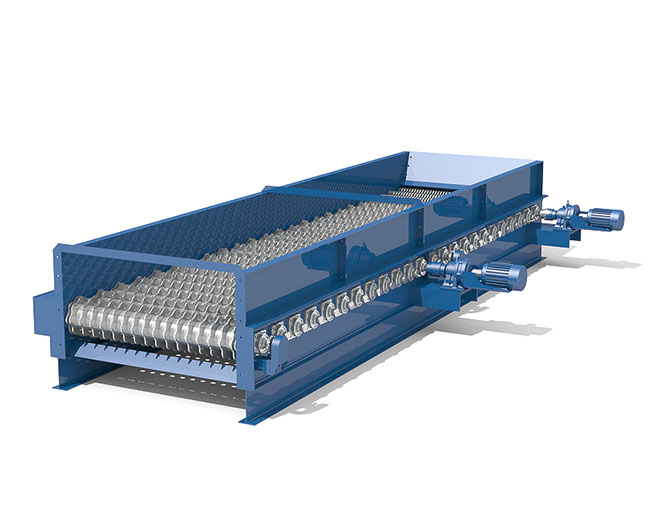“Biomass” has many definitions. At West Salem Machinery, we think of biomass in three broad categories: woody biomass, agricultural waste, and food waste. See our previous post on food waste re-processing. A future post will feature agricultural waste. Today’s focus is woody biomass.
A Short History of Woody Biomass
Biomass utilization has evolved over the decades. Driven by entrepreneurs with an eye for opportunity or even by policy and regulation, the many ways in which biomass is transformed continues to advance. What was once seen as a byproduct or waste stream has become a valuable resource.
Woody Biomass 1.0
Sixty+ years ago, forest waste and mill residuals were considered a nuisance. In-woods burning of “slash” was a common practice and most sawmills or other wood processing facilities burned their residuals just to dispose of them. Creating value from “wood waste” was not much of a focus – it was a cost center and the lower the cost, the better.
Woody Biomass 2.0
Then about fifty years ago, the thinking around the usage of “wood waste” began to change. Mill sites converted from open burning of residuals to using the residuals as fuel for co-generation operations that created steam for use in the mill or for on-site electricity generation. It was also during this time when the first dedicated biomass-fired electric generating operations were established that pulled in a fuel supply from surrounding mills or forests. Additionally, a whole host of technologies were developed to utilize sawdust and shavings, including particleboard and MDF panel products.
This utilization became an economic engine placing value on the woody biomass – viewing this waste as a source of revenue and profits…not just as a cost. It was the beginning of an era where businesses began to see the idea of transforming woody biomass into various products as economically viable and financially intriguing.
As recent history demonstrates, woody biomass conversion as a value-added product form is now a given. Bark is regularly converted to mulch, green waste is converted to compost, mill residuals become panel products or wood pellets, and mixed forms of woody biomass become boiler fuel.
Woody Biomass 3.0 – the Next Generation
Technology development and experimentation drive the pursuit of “highest and best use.” Current and upcoming developments in woody biomass utilization have demonstrated this concept. Today, there are multiple businesses being created to convert woody biomass into gaseous or liquid fuels by pyrolysis or digestion. The development of biochar as a means of creating soil amendments and sequestering carbon is growing. Torrefied wood pellets are growing. These further developments and additional economic uses of woody biomass are signs of a dynamic industry.
West Salem Machinery and the Next Generation
We expect that next generation biomass technology will require even more of the expertise we’ve been building since the early days of Biomass 2.0 surrounding size reduction and size management. Our people have unmatched applications knowledge about size reduction and fiber size management through laboratory testing and in-plant expertise. We have hundreds of grinders, hammermills, and screening devices operating around the world every day.
Since the early days of Woody Biomass 2.0, West Salem Machinery has been a trusted supplier to the biomass industry. As the 3.0 Next Generation progresses, we stand ready to help.
Fill out a contact form or give us a call at 800-722-3530 so we can talk about your specific application and how WSM can help transform your “wood waste” into a valuable product.

